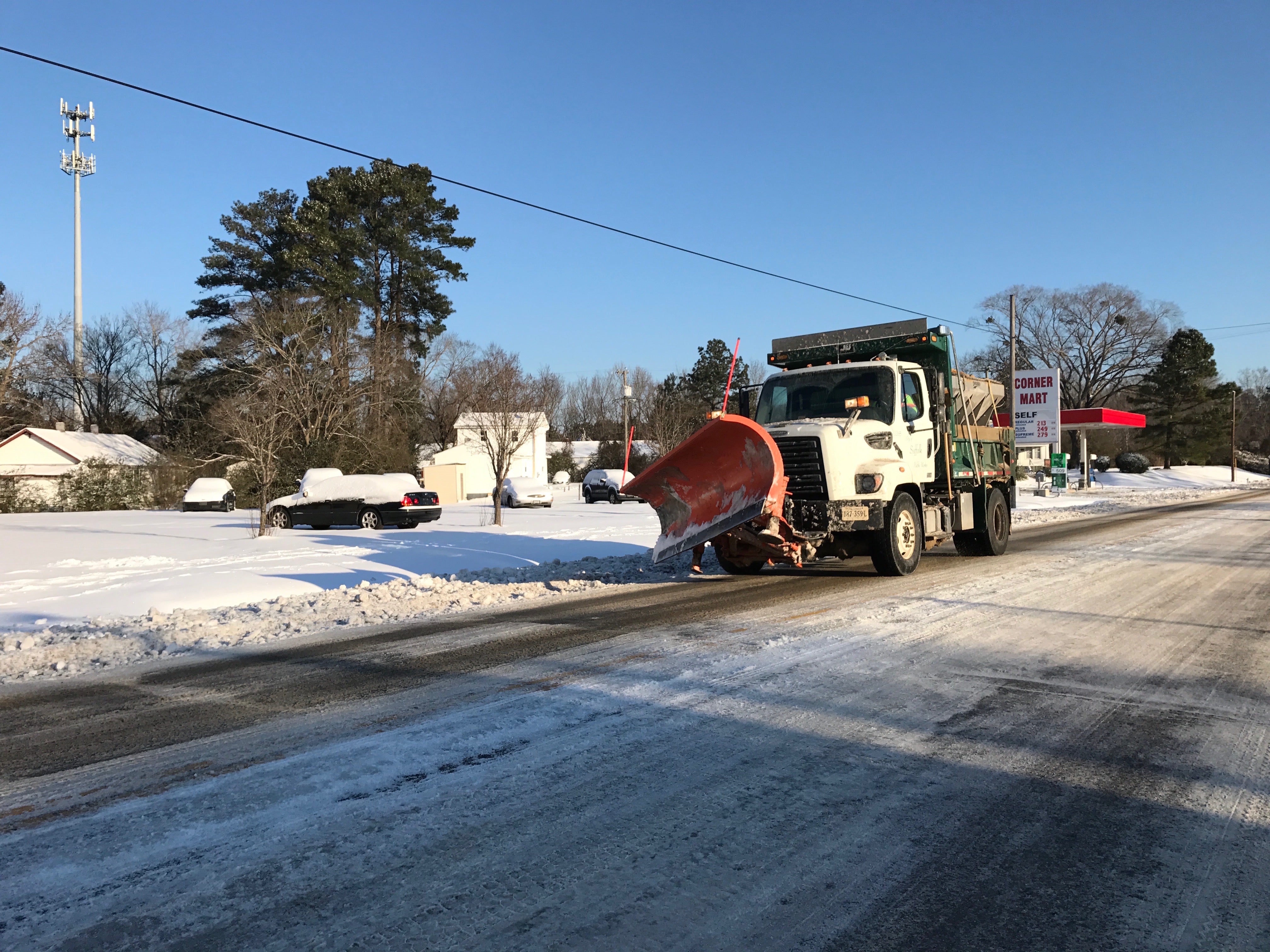How secure is road funding?
Published 12:00 am Monday, July 3, 2006
I’ve heard a lot of comment about the upcoming road takeover of late, particularly since the presentation was made at last week’s Council meeting.
Frankly, I’ve never been overly concerned about it. I see no reason why city crews can’t keep up with the same as state ones, though I did find the comment that workers have “practicing grass cutting,” somewhat bizarre (I suppose they’ve been driving around with the cutting blades disengaged).
The big question is the money. Public Works Director Eric Nielsen reported to City Council that the first of Suffolk’s quarterly $4 million payments from VDOT would be coming in October.
That money, of course, is the key to this entire thing succeeding, at least succeeding without the taxpayers having to fund it.
This scares me a little. What guarantee is there that this money will always be there from the state? Heck, Virginia’s General Assembly is not known for its generosity where revenues and providing funding are concerned.
A reader last week made me aware of a story that was published by the Daily Press June 16:
Rising costs for concrete, asphalt and oil coupled with a budget impasse in Richmond resulted in a six-year transportation funding plan that leaves $100 million less than the plan adopted last year for secondary and urban roads.
The $6.9 billion plan was approved Wednesday by the Commonwealth Transportation Board, said Virginia Department of Transportation spokeswoman Tamara Neale. It includes less money to reimburse Williamsburg for its Treyburn Drive project, a reduction from $26 million to $17.2 million to Hampton and a delay in funding to widen Wythe Creek Road in Poquoson.
The Poquoson project may be a boost from additional federal money to help offset the loss of state funding, said Todd Halacy, VDOT Hampton Roads District urban engineer.
“Poquoson gets such little money, and now even less, that it’s hard for them to get a project to completion,” Halacy said.
A significant problem for the transportation board was that the General Assembly has not yet passed a new budget to replace one that expires June 30.
As a consequence, the board had to use the most recent official revenue forecast to update the six-year plan by July 1, said state Transportation Secretary Pierce Homer.
“In the absence of General Assembly budget approval, today’s programs must be based on the November revenue forecast,” Home said. “The updated program includes steep reductions in core transit programs and in the primary, secondary and urban road allocations.”
It’s not just at the pump that residents are getting hit with higher petroleum product prices. VDOT is also feeling the pinch.
Costs for oil and other petroleum-based products such as asphalt soared 13 percent and 34 percent. Prices for concrete, cement, sand and stone jumped from between 7 and 9 percent.
The adopted plan includes a 47 percent reduction for Virginia roads, according to VDOT figures.
It includes $318 million in reductions to major roadways that aren’t interstates. Roads that are rural and in subdivisions will get $238.5 million less, as will streets within towns and cities.
“UNFORTUNATELY, LOCAL AND REGIONAL FINANCIAL RESOURCES WILL BE REQUIRED TO OFFSET MANY OF THESE REDUCTIONS,” HOMER SAID.
I don’t know that Suffolk’s allocation under the road plan is going to be implemented (I just hope to heck not), but it’s nonetheless scary to think this entire scheme could be at the mercy of state funds.



